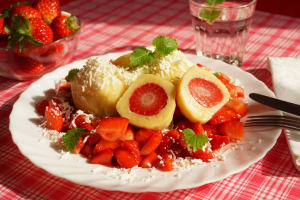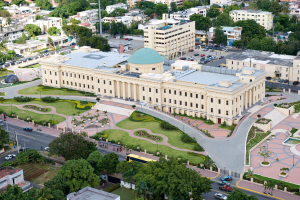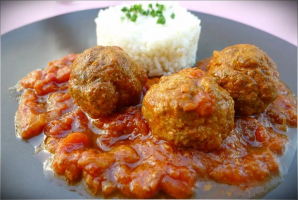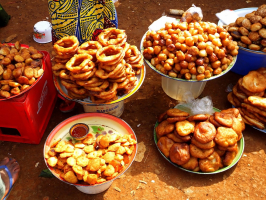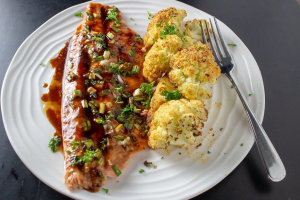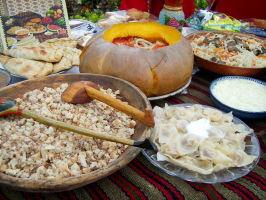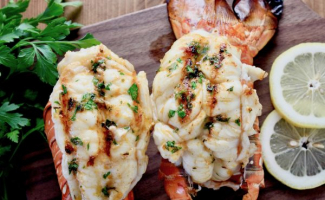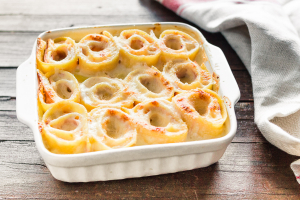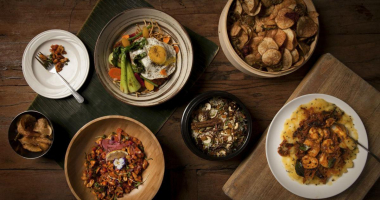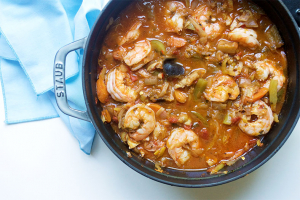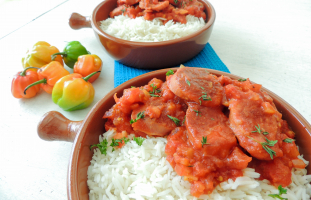Top 10 Best Foods in Dominican Republic
Dominican cuisine is a complex mix of historical and regional influences. Dominican cuisine is thought to be the consequence of a mix of Taino, African, and ... read more...Hispanic cultures. Dominican Republic is now a popular gourmet destination as well. This one-of-a-kind island has developed its own particular culinary culture, so join Toplist on a culinary adventure to explore 10 best Dominican delicacies and dishes.
-
Among the many stews and soups available in Dominican cuisine, this is the king of them all. El sancocho is a meat, tuber, and vegetable stew that is loved by every Dominican under the sun. Before your eyes, a broth will reveal a gourmet treasure.
The Dominican Republic isn't the only place where the name "sancocho" (never "salcocho") is used to describe a meaty stew. Sancochos are found in several Latin American nations, however they are not all the same. There is a version for each of these countries.
Different variants of traditional sancocho can be found in the Dominican Republic, depending on the preferences of each family and cook. However, many guidelines appear to be universal: never add potatoes, noodles, or tomato sauce.
Sancocho is frequently served on special occasions because it comprises a lot of ingredients and takes a long time to create. The time it takes to prepare, on the other hand, is best spent with friends.Ingredients:
- Pork Meat or a combination of pork, beef and chicken.
- Smoked Pork Neck Bones.
- Seasonings: salt and pepper, oregano, adobo and whole allspice.
- Sofrito.
- Chicken Bouillon.
- Lime.
- Vegetables: Plantains, corn, carrots, yuca, yautia, auyama.
- Herbs: cilantro, recao culantro (cilantro ancho) and thyme.
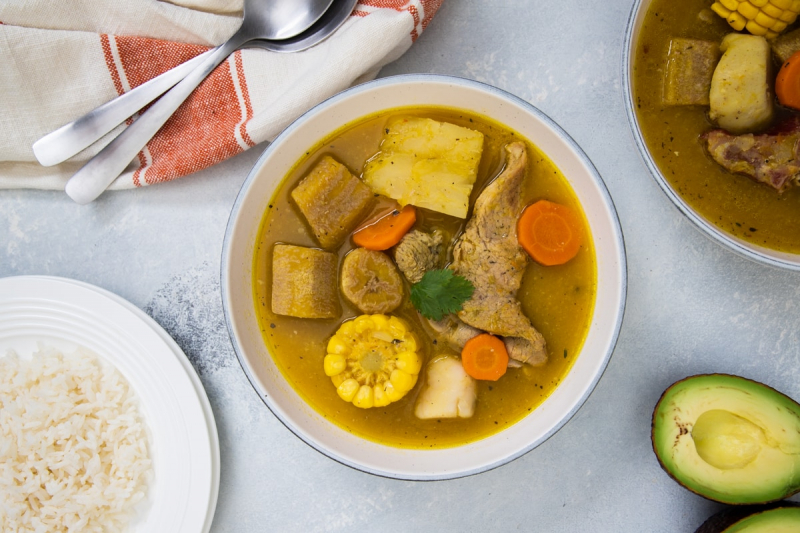
El sancocho (mydominicankitchen) 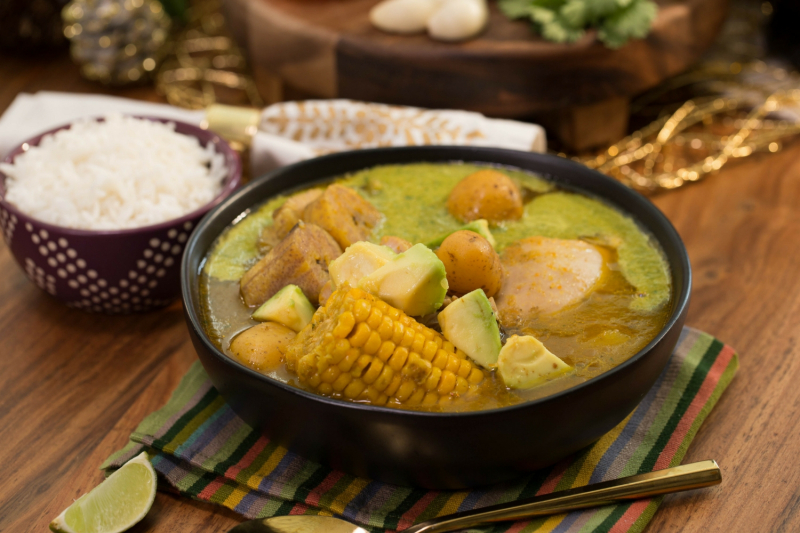
El sancocho (hispanickitchen) -
Mangú is the Dominican Republic's favorite plantain-based cuisine and an iconic Dominican breakfast food. Dominican mangú, a creamy, smooth plantain mash, is a delicious way to start the day and a memorable delight if you try it for the first time.
Mangú (the creamiest mashed green plantain this side of heaven), cheese, Dominican salami, and fried eggs make up this dish, which is a magnificent work of texture and flavor.
This is one of the most well-known and well-representative Dominican recipes. It's undoubtedly the Dominican Republic's official morning dish. For those trying their food for the first time, this is a must-try. Despite this, you occasionally hear "el plátano embrutece." It implies that eating plantains is linked to intellectual deficiency.
In actuality, not have a single Dominican who disapproves of Mangú. One of the great things about this country is that, despite sayings like 'el platano embrutece,' which are more in joke than serious, Dominicans are fiercely proud of and appreciative of their traditional cuisine. This statement is becoming less and less common.
Ingredients:
- Plantain (green, unripe)
- Salt
- Butter, or olive oil, whichever you prefer
- Red onion
- Fruit vinegar
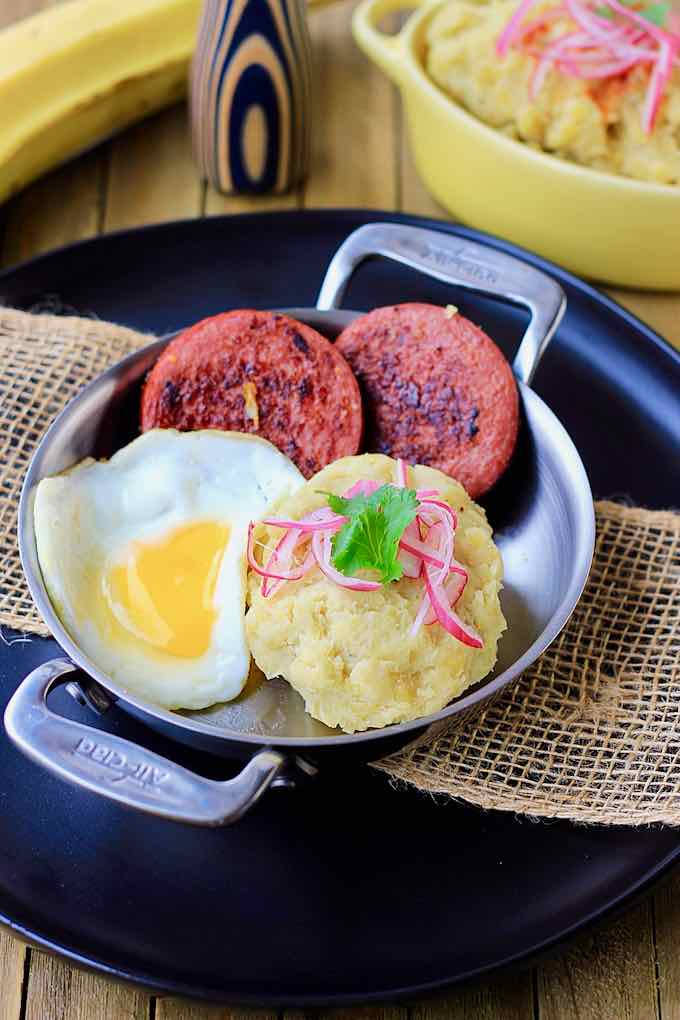
Mangú (196flavors) 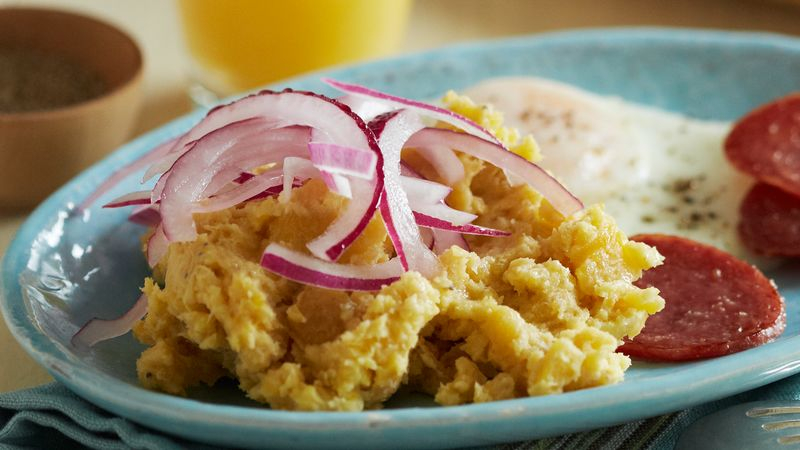
Mangú (bettycrocker) -
Casabe, commonly known as Cassava Bread, is an ancient yucca-based meal from the Taino diet's culinary heritage. This 500-year-old crispy flatbread was so important to indigenous culture that it was given its own god, Yocahu Vagua Maorocoti (Our Great Lord of Yuca)
If you want to produce your own casabe, the yuca must first be moulded into circular molds, which is a time-consuming operation. Then you'll need a stone hotplate to bake it on.
Don't worry if this seems excessive and you chance to be visiting the Dominican Republic. Cassava is available in abundance at every supermarket and convenience store.
Casabe is most usually eaten with mambá, a savory Dominican peanut butter, or habichuelas with sugar, a traditional Dominican dessert. It can be consumed at any time of day and in a number of ways, much like traditional bread. It's most typically served with coffee for morning, but it's also good with soups and stews. Soaking the casabe in water and eating it with fried eggs or avocado are two other options. It can also be cooked and served with a drizzle of olive oil and a sprinkling of salt. Serve with a mug of hot chocolate for a light meal. It, like tortilla chips and crackers, can be served as a buffet snack with dips.
Ingredients:
- Yuca (cassava)
- Freshly grated parmesan
- Salt
- Garlic cloves
- Olive oil

Casabe (recetascubanas) 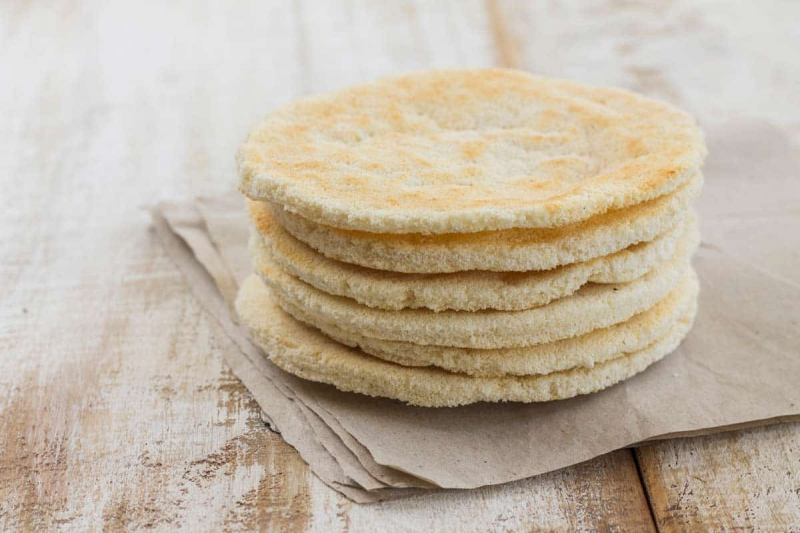
Casabe (cuban.recipes) -
Dominican cuisine is based primarily on rice. There are many rice dishes in the Dominican Republic, but none is more popular or essential than Arroz Blanco. It also serves as the foundation for La Bandera Dominicana (the Dominican flag), a traditional Dominican lunch consisting of white rice, stewed beans, Pollo Guisado or Res Guisada (braised chicken or beef), and salad.
The final test of a qualified Dominican cook is a good Arroz Blanco. The rice should be cooked through but firm, with grains totally separated from one another, and a layer of crispy, golden Concón should form on top.
Ingredients:- Vegetable oil, divided
- Salt
- Rice, (long grain, Carolina)
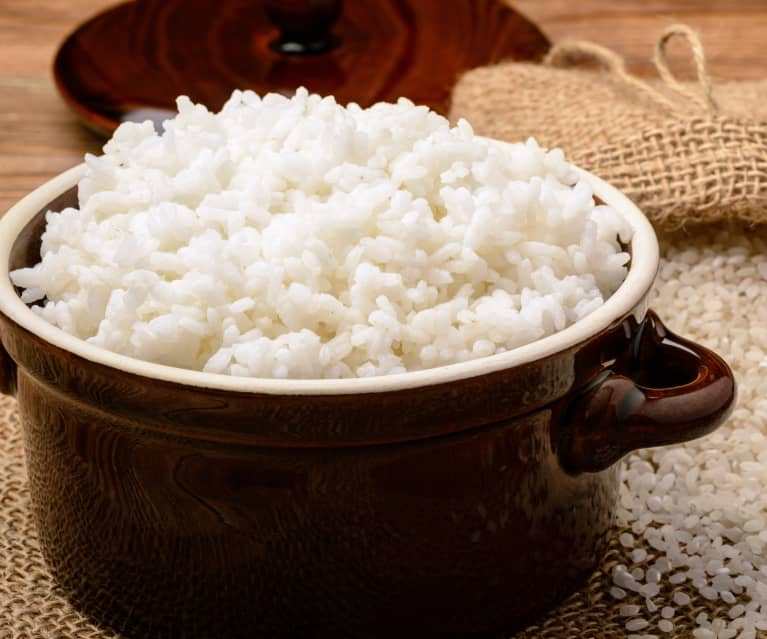
Arroz Blanco (cookidoo.international) 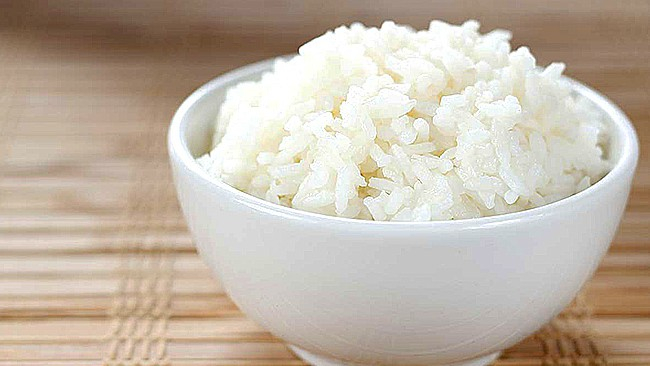
Arroz Blanco (cuban.recipes) -
Habichuelas Guisadas is a dish that appears virtually every day at the lunch table in the Dominican Republic, and it is one of the recipes that puts a skilled Dominican home cook to the test.
Beans are referred to as habichuelas in the Dominican Republic. There are cranberries, pinto, red kidney, navy, and black beans in these habichuelas. Butter beans, pigeon peas, green peas, lentils, split peas, and other beans and pulses have their own names.
In general, habichuelas guisadas refers to stewed red beans or cranberry and pinto beans. Others will require more particular language: "habichuelas negras guisadas," for example. For all habichuelas, the recipe will be the same in general.
Habichuelas Guisadas is a Dominican dish that is served with rice, most often Arroz Blanco. It is one of the four corners of the Dominican Flag (the traditional Dominican lunch meal). Each Dominican household may have its own version, with minor variations in ingredients and flavors, with each declaring theirs to be "the greatest."
Ingredients:
- Dry pinto beans, (or cranberry, or red kidney)
- Olive oil
- Oregano (dry, ground)
- Pepper, chopped
- Red onion, cut into four quarters
- Garlic, crushed
- kabocha squash
- Tomato sauce
- Leaves from a celery stalk, chopped (optional)
- Fresh thyme, or dry thyme (optional)
- Chopped fresh cilantro
- Salt, (or more, to taste)
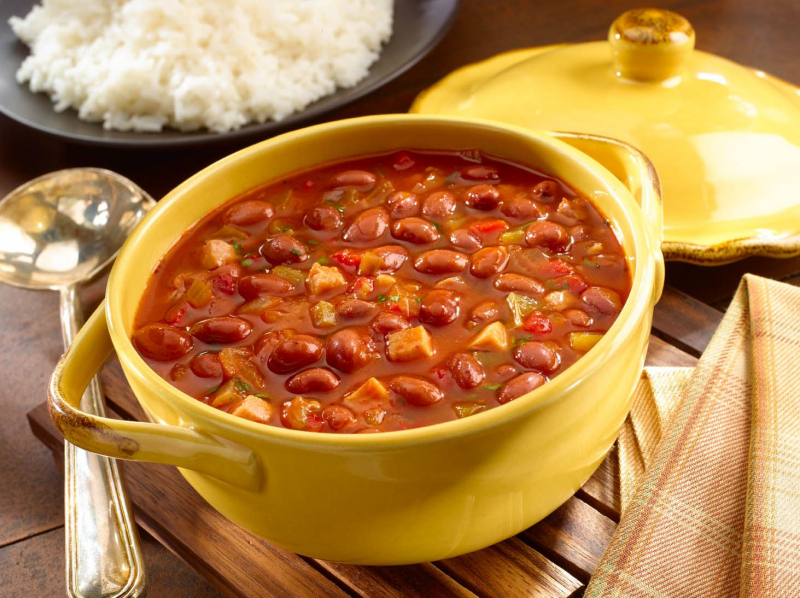
Habichuelas Guisadas (goya) 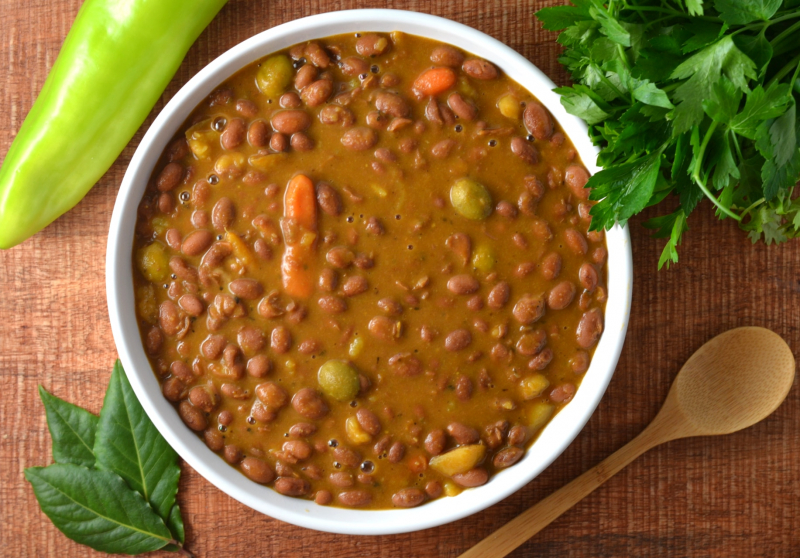
Habichuelas Guisadas (delishdlites) -
Chicken is plentiful, easy to prepare, and inexpensive. It's no surprise that it's one of the Dominican Republic's most popular meats. And if you haven't tasted Pollo Guisado, you've been missing out on a delicious fall-off-the-bone chicken with bold tastes and a delectable sauce. The traditional Dominican lunch menu frequently includes chicken as one of the ingredients.
Pollo Guisado, is a meat dish made from chicken that has been cooked using the braising technique, which entails lightly frying the meat before stewing it low and slow in a sealed container. When meat is cooked this way, the result is a delectable, incredibly soft chicken that virtually slides off the bone and is bursting with flavor.
Because it is one of the cornerstones of La Bandera Dominicana, the traditional Dominican midday meal, Pollo Guisado is eaten every day in millions of Dominican homes.
Every Dominican household, as well as every Dominican cook, has their own variation of this dish. Some may not notice the variations, but each will swear by their own "greatest chicken recipe."
Ingredients:
- Chicken, cut into small pieces
- Juice of lime
- Oregano (dry, ground)
- Small red onion, stalks cut into slices
- Chopped celery, (optional)
- Salt, (more may be necessary
- Mashed garlic
- Vegetable oil
- Sugar (white, granulated)
- Water
- Cubanela peppers
- Tomato, cut into quarters
- Pitted green olives, (optional)
- Tomato sauce
- Cilantro
- Pepper (freshly-cracked, or ground)
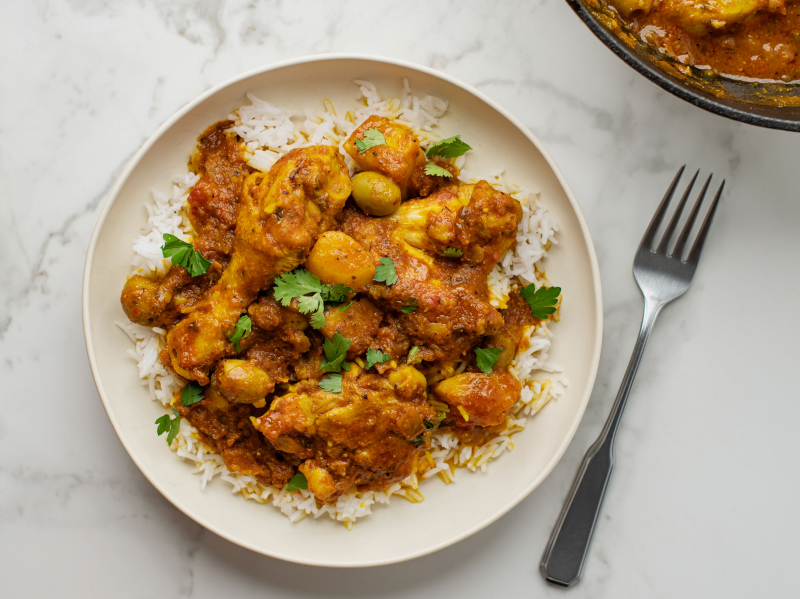
Pollo Guisado (thespruceeats) 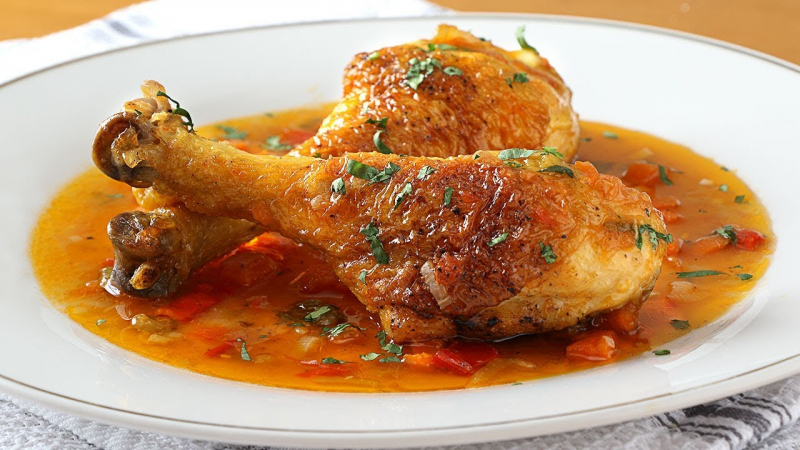
Pollo Guisado (mamaskitchenct) -
The Ensalada Verde (Green Salad) is a staple of La Bandera Dominicana, the Dominican lunch, and one of the country's most famous salads.
The term "Green Salad" is most likely derived from the color green, which can also indicate "fresh" or "uncooked." There is only one cooked ingredient in this Dominican cabbage salad: beetroot. This is likely to contrast it with other salads in which all or most of the ingredients must be cooked ahead of time.
You will be served a salad with your dinner, even at the most basic countryside fonda. Ensalada Verde comes in a variety of forms, some of which use lettuce as the base and others which use shredded cabbage. Other ingredients like as onions, cucumber, boiled beets, bell pepper, and radish may be added.
Ingredients:
- Beetroot, boiled and sliced thinly
- Sugar (white, granulated), (optional)
- Tomato, green or ripe, sliced or sliced
- Cabbage, shredded finely and rinsed
- Cucumber
- Red onion, cut into thin slices (optional)
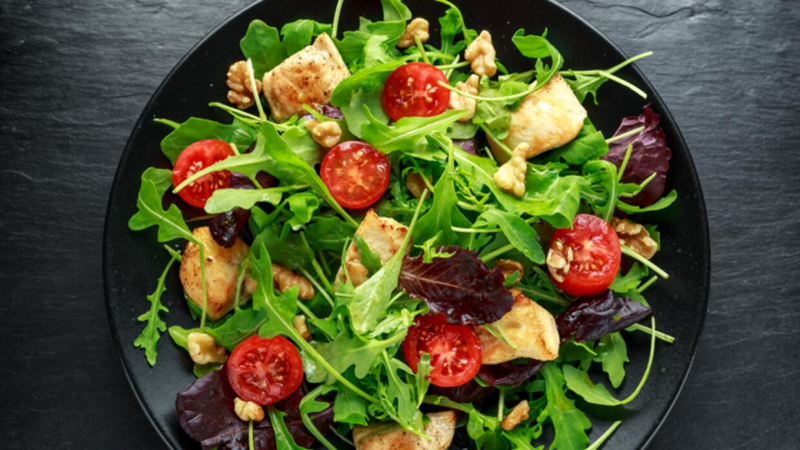
Ensalada Verde (univision) 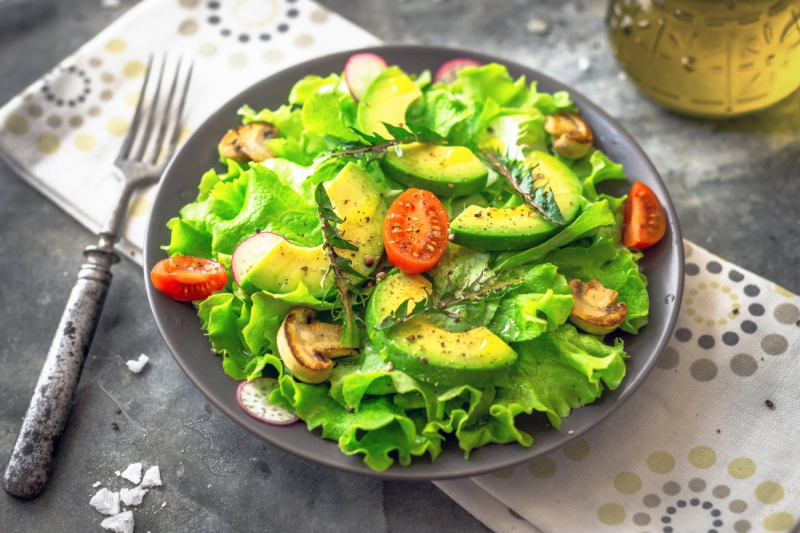
Ensalada Verde (recetas.soycurioso) -
There are many meals that are shared by several Latin American countries, but few get our blood pumping quite like a plate of crispy, thinly flattened, salt-sprinkled, freshly fried Tostones.
Tostones, also known as fritos verdes (fried green plantain), are one of the first things a new Dominican home cook will learn to make. Tostones are commonly served as a side dish, and are maybe one of the most popular. It can, however, be served as finger food with a dip. Our Dominican pink sauce, wasakaka sauce, avocado dip, and cream cheese and chicken dip are all delicious.
Ingredients:
- Plantain (green, unripe)
- Vegetable oil
- Salt
- Tomato, chopped
- Parsley
- Garlic
- Pepper (freshly-cracked, or ground)
- Olive oil
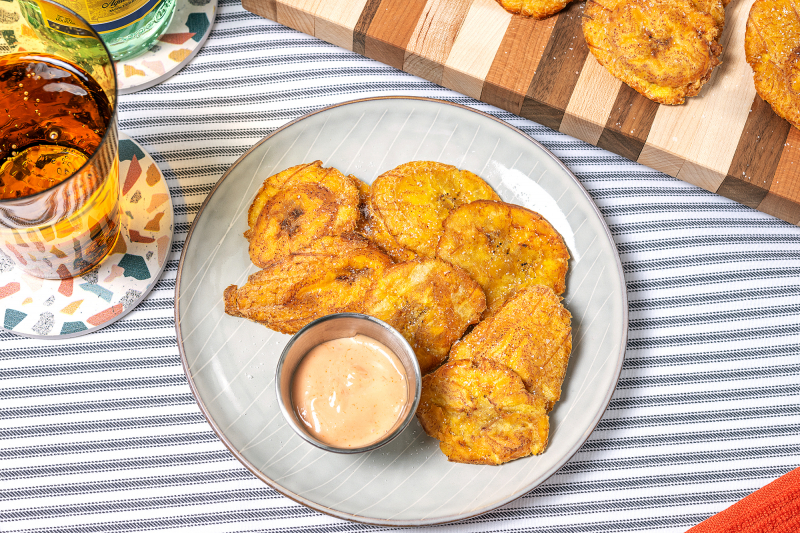
Tostones (eatingwell) 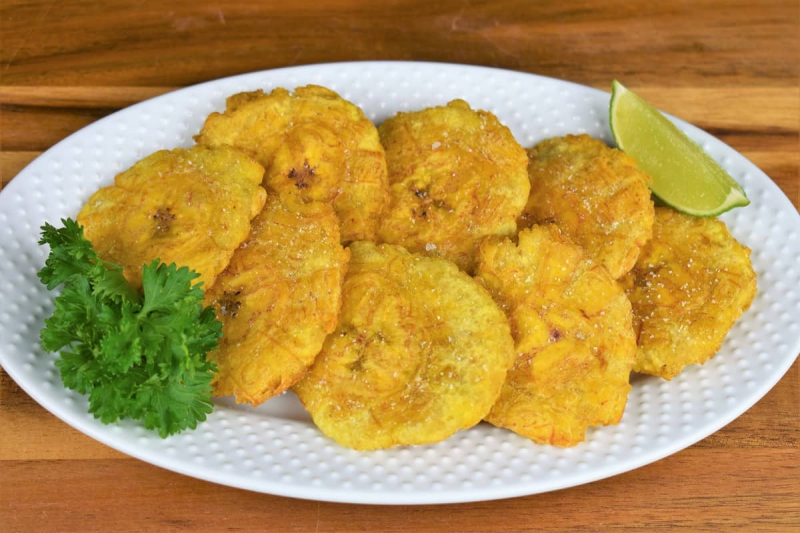
Tostones (cook2eatwell) -
This one-of-a-kind Dominican cuisine is a long-standing Dominican tradition and one of the most popular Dominican dishes. It is cooked in big amounts and eaten with family and friends every year during the Lenten season.
Habichuelas con Dulce is one of those foods where each family has its own recipe, each claiming to be the finest. A Dominican dish made with beans, milk, coconut milk, sweet potatoes, raisins, and spices is known as habichuelas con dulce. The result is a sweet, creamy delicacy that resembles soup and is served with traditional milk cookies and toasted casabe.Ingredients:
- Red kidney beans, (or cranberry or pinto beans)
- Water, from boiling the beans
- Coconut milk
- Evaporated milk
- Salt
- Sugar (white, granulated)
- Vanilla extract
- Cinnamon sticks
- Cloves
- Sweet potato cut into small cubes
- Raisins
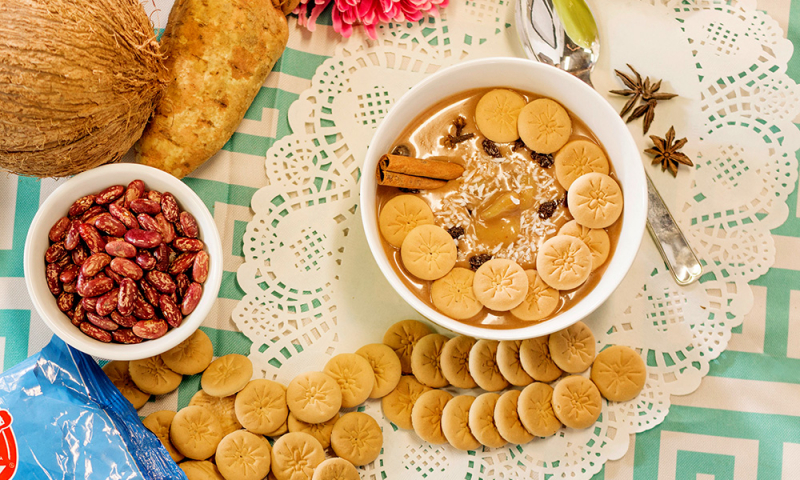
Habichuelas con Dulce (recetasde) 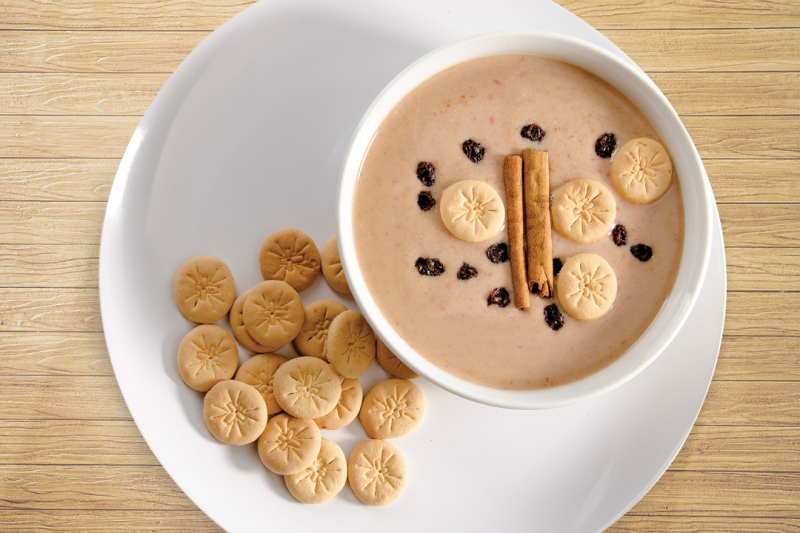
Habichuelas con Dulce (recetasde) -
Bizcocho Dominicano, or Dominican cake, is a sort of cake popularized by bakeries on the island of Hispaniola's Dominican Republic. The soft and light quality of the cake, as well as the meringue frosting, make it unique. It is a favorite decoration for special occasions, and may be found at most Dominican family gatherings, such as anniversaries, baby showers, communions, and birthdays. Many Dominican American bakeries sell the cakes, and they are also a favorite seller for many successful home businesses.
Pineapple is included in the traditional filling, which gives it a slight acidity. It all comes together to make a creamy, fluffy, otherworldly delicacy that no Dominican birthday, wedding, or celebration is complete without.
Ingredients:
- All-purpose flour
- Baking powder
- Butter at room temperature
- Sugar (white, granulated)
- Egg
- Lime zest, freshly grated
- Vanilla extract
- Orange juice, at room temperature
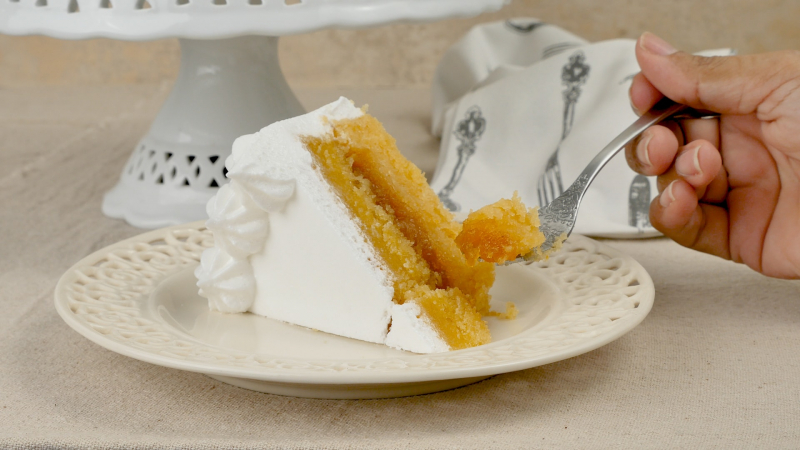
Bizcocho Dominicano (dominicancooking) 
Bizcocho Dominicano (pinterest)













